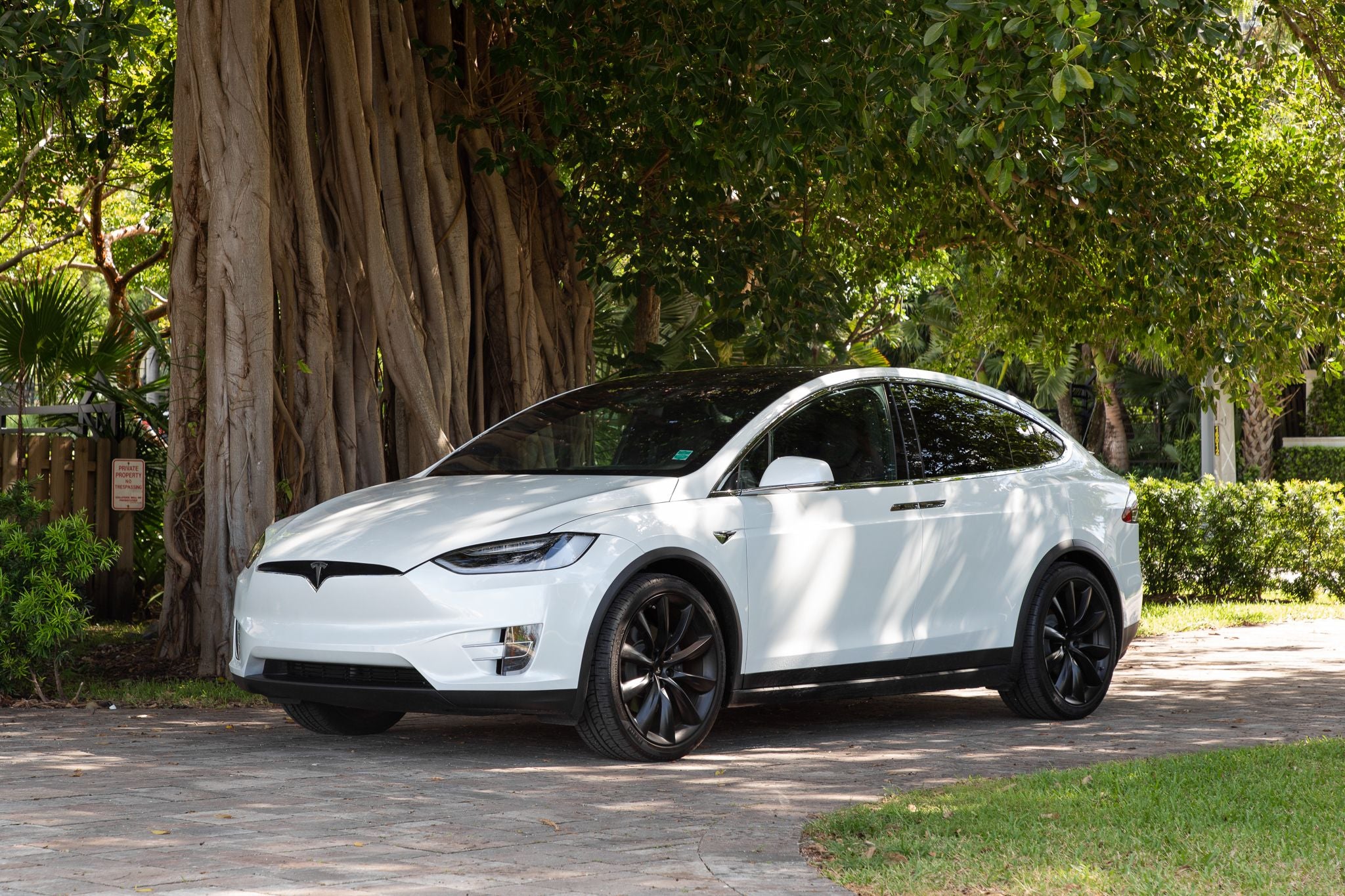Tesla’s price reductions in the first quarter of the year have sent waves through the auto industry. As legacy automakers and startups try to catch up to Tesla’s electric vehicle dominance, some wonder if the automaker’s price cuts could spur a quicker transition to EVs.
 |
Above: A Tesla Model X (Image: Casey Murphy / EVANNEX).
While the affordability of EVs remains a major barrier to mass consumer adoption, Financial Times posits that lower-priced Tesla vehicles could accelerate an industry-wide shift toward the zero tailpipe emission technology. Tesla dropped its prices across its lineup earlier in the year, giving it an edge over other EV manufacturers in the eyes of consumers.
Ford has already answered back by lowering the sticker prices on some vehicles, though most automakers have said they will not lower prices. Ford dropped prices two times on the Mustang Mach-E this year, though the F-150 Lightning has increased by $11,000 since its launch.
Tesla CEO Elon Musk, on the other hand, recently emphasized the company’s aggressive strategy to increase overall vehicle volume – even if it means compromising some profitability in the short term.
“While we reduced prices considerably in early Q1, it’s worth noting that our operating margin remains among the best in the industry,” Musk said during the call. “We’ve taken a view that pushing for higher volumes and a larger fleet is the right choice here versus a lower volume and higher margin.”
As competition in the EV segment continues to increase, some automakers are struggling to reduce any pricing in the midst of already-low margins and low volumes of production. Volvo CEO Jim Rowan recently noted that it was not worth attempting to boost demand through price cuts, since its demand has already increased beyond its production schedule.
“Demand for our products is really stable, surprisingly so given geopolitical headwinds and tariffs,” Rowan said to Financial Times. “I think we would be doing a disservice to shareholders by doing anything other than keeping price discipline. We don’t expect to get involved in cutting prices.”
According to experts, an increase in competition should continue to drive EV prices down over the years. Tesla currently produces more EVs than much of the rest of the auto industry combined, making its production costs lower, and effectively making it difficult for other automakers to compete in a price war.
Above: Tesla’s price cuts are coming from a position of strength: EMJ Capital’s Jackson (Video: CNBC / YouTube).
Tesla is also planning to build a new Gigafactory in Mexico to produce its next-generation EV platform, expected to be an even higher volume, lower cost platform than its current vehicles. Other automakers are scaling production up too, and even as they eat away at Tesla’s market share in the years to come, the overall number of EVs on the road will increase substantially either way.
Evidence remains somewhat inconclusive on whether Tesla’s price cuts will speed up a transition to EVs, according to the Financial Times. However, with the International Energy Agency recently raising forecasts on EV adoption by 2030 to reach 35 percent of all new car sales (from 25 percent), it’s safe to say the transition is already underway.
Sources: Financial Times / YouTube
===


